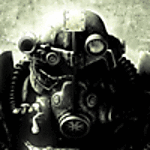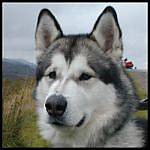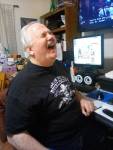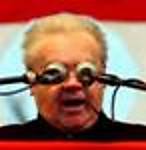First of all i know that there are still some additions to add at a later time. The aircraft had nav lights on the lower wing tips and tail, i'l look for something suitable in my spares stash soon...you haven't seen the state of my spares box...
Also there were flare launchers apparently, but i have no idea what they looked like yet.
I learnt an important lesson for this one. It proves that old thing about "what works brilliantly for one modeller won't always work for another" I decided, for the first time, to use lycra thread for rigging. It sounded faster and easier than my usual method of drilling holes through the wings and weighting nylon monofilament and superglueing. NEVER AGAIN!!! This model almost got thrown against the wall. I could have rigged this in half the time using my usual method. If rigging was always like this i'd never do another early subject ever again. Yet people like Brad Cancian use stretchable rigging to outstanding effect.
Anyway i got it finished but the rigging is not as tidy as what i usually achieve. Live and learn...and when you find a technique that you like and it works for you, then don't just change for the hell of it!
I did some interesting reseach for this one. Mainly from the Windsock data file and the special volume one. In fact this very aircraft adorns the front page of the special, with a pic (though very dark and hard to decipher) on the inside cover. And i realise now that the wheel centres should be PC10 and not doped linen like the Eduard instructions.
There are many guesses to be taken even with the pics of No.39 HD Squadron as reference. Are they really NIVO (Night Invisible Varnish) istead of PC10? NIVO was apparently delivered in late 1917 to HD units. But no actual directive to use it was layed down. It is not possible to tell from period B&W pics if PC10 or NIVO was used, they look the same. However, tests showed that NIVO gave little advantage over PC10 at night, so i doubt whether it became widely used based on that fact alone. So PC10 my aircraft is. I used Pollyscale PC10. At first i didn't like it, i felt it is too green. But the more i looked at it and compared to restored pics, especially the aircraft at RAF Hendon, the more i liked it. Anyway PC10 varied hugely.
The white areas of roundels were overpainted. Probably with PC10 as well, but once again maybe NIVO. What about the lower roundels? No one knows, there are no pics it seems. Guesses are PC10 or NIVO- a good assumption, why not do it at the same time the uppers were done? But blue or even red could have been used. I have another theory too...maybe they didn't bother and left them white. A Bristol that got above a Gotha probably no longer had to worry about being seen. But i used PC10 on the lower roundels, seemed most likely to me.
It's hard to tell from the dark pic if the metal cowls were overpainted in PC10/NIVO. But i thought i could detect a difference, so i went with grey. Most seem to use a very light toned grey for Bristols, but to me it looks darker in most pics. I went with the darker blueish grey that i saw on the RAF Hendon restored aircraft once again.
During painting i've tried to give the inpression of there being structure underneath the fabric. Maybe overdone?
Anyway this is my interpretation of Bristol C-4636 of Home Defence Sqn.39 May 1918.









Andrew






























